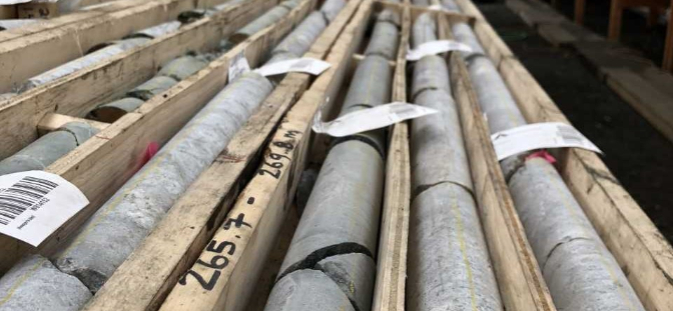Getting on track for main event

In July 1967 a visiting NASA team tested the readiness of the Honeysuckle Creek tracking station, 30 kilometres south of Canberra, to track a spacecraft at the Moon. While far from ready, within a year that would change. Nestled in the lee of the Brindabella Range, Honeysuckle had a 26-metre dish and was purpose-built for the Apollo missions. With sister stations near Goldstone in California and Madrid, Spain, between them they could keep contact with a distant spacecraft. The stations sent information between spacecraft and Mission Control in Houston – voice, commands to the craft and monitoring data. NASA had two other stations near Canberra – Orroral Valley for tracking satellites and Tidbinbilla for craft in deep space, plus ones at Woomera in South Australia and Carnarvon in Western Australia. All stations were staffed by Australians and managed by the Australian Department of Supply. Following the July tests NASA recommended that someone with tracking experience should take the reins at Honeysuckle. New director Tom Reid arrived and set to work. Reid had tracked satellites at Woomera then been director at Orroral Valley. He trained the Honeysuckle crew like a coach preparing Olympic athletes. In one exercise Reid timed a staff member with a stopwatch as he ran to the station's store for a spare part. Reid's crew learned to handle every simulation NASA could throw at them. By July 1968 Honeysuckle was 'the best station in the network', according to the NASA test-team leader. The Honeysuckle crew tracked Apollo 7, 8, 9 and 10 and by July 1969 they were ready for Apollo 11. While the astronauts were walking on the Moon the radio signals carrying their voices would be sent to the lunar module then beamed to Earth by the module's 66cm radio dish. This little dish also had to send monitoring data and television pictures. Its transmitter used just 20 watts of power, about the same as two LED lightbulbs. To be sure enough signal was captured on Earth, NASA looked for backup. Under a 1960 agreement with CSIRO it could call on CSIRO's 64-metre Parkes telescope when it needed an extra dish. Located in the sheep and wheat country of central west New South Wales, the telescope couldn't transmit but its size made it good at catching faint signals. In October 1968 NASA put its request to Parkes director John Bolton. Like Tom Reid, Bolton had served in the Royal Navy and ran his establishment with a firm hand. Both directors had a piercing look of disapproval that could make their staff quail – Reid's was 'the director's death stare' and Bolton's 'the double whammy'. Bolton could turn down NASA requests but Apollo 11 was a special case. "We couldn't say no when the lives of people were at stake," he said later. CSIRO gave the mission its full support.
Getting on track for main event
-
CONNECTION: Honeysuckle Creek tracking station, when combined with sister stations could maintain contact with spacecraft. Picture: Hamish Lindsay

CRACK TEAM: Director of CSIROs Parkes telescope, John Bolton (left), with staff Ron May (right) and Dennis Gill (background) in the telescopes control room. Picture: CSIRO

MATCH READY: Director Tom Reid at Honeysuckle Creek tracking station. He trained the staff like Olympic athletes complete with stopwatch. Picture: Andrew Tink
Australia prepares
In July 1967 a visiting NASA team tested the readiness of the Honeysuckle Creek tracking station, 30 kilometres south of Canberra, to track a spacecraft at the Moon.
While far from ready, within a year that would change.
Nestled in the lee of the Brindabella Range, Honeysuckle had a 26-metre dish and was purpose-built for the Apollo missions.
With sister stations near Goldstone in California and Madrid, Spain, between them they could keep contact with a distant spacecraft.
The stations sent information between spacecraft and Mission Control in Houston – voice, commands to the craft and monitoring data.
NASA had two other stations near Canberra – Orroral Valley for tracking satellites and Tidbinbilla for craft in deep space, plus ones at Woomera in South Australia and Carnarvon in Western Australia.
All stations were staffed by Australians and managed by the Australian Department of Supply.
FollowiRead More – Source
[contf]
[contfnew]

Margaret River Mail
[contfnewc]
[contfnewc]




